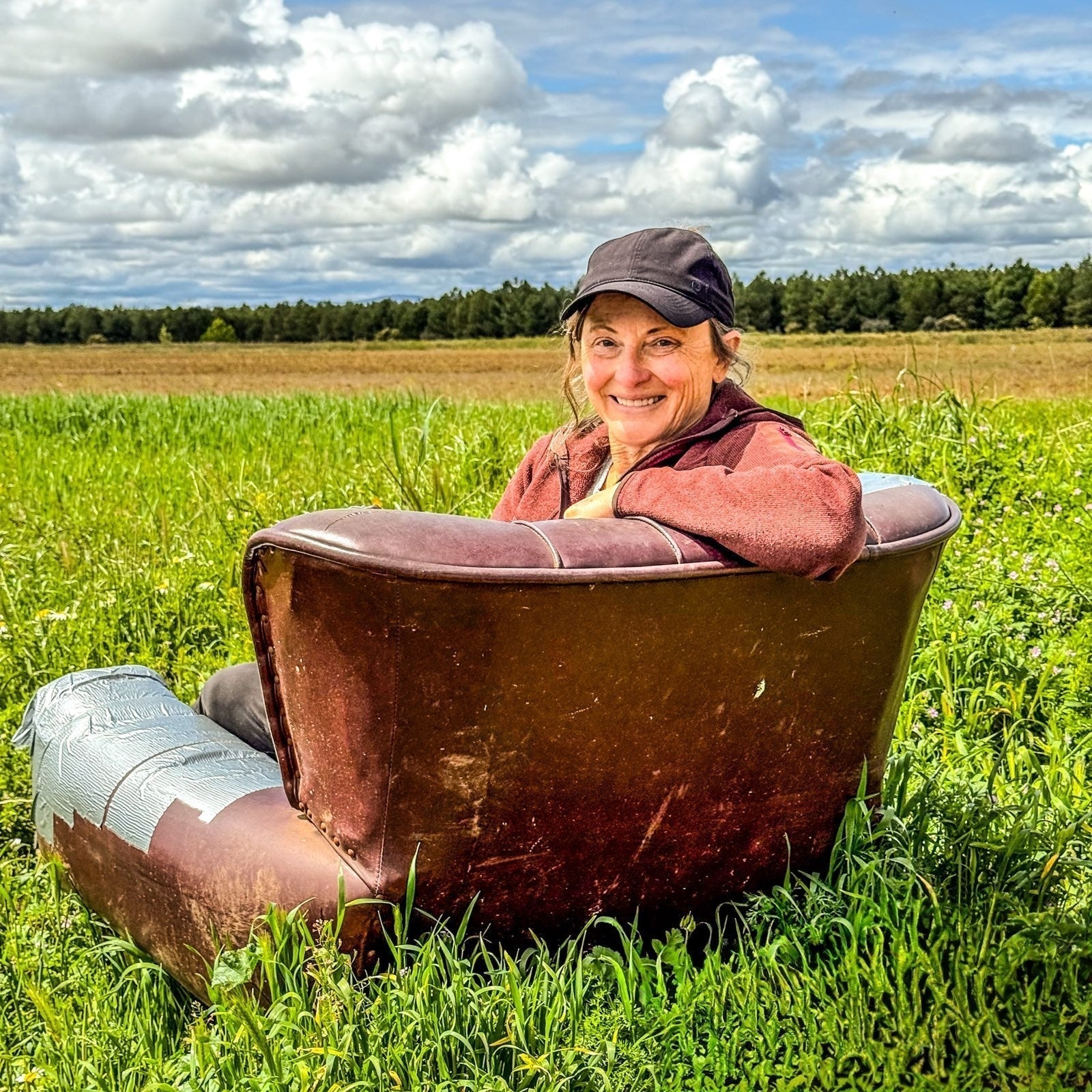
A Pilgrim’s Botanical Journey
Share
I grew up in farm country, but it wasn’t until our last Camino that I realized how little I had
noticed about the crops my mom and dad loved to drive out to check on during a summer’s eve. I found myself moving through a living landscape—one that shifts with geography and altitude. From the vineyards of La Rioja to the forests of Galicia, the trail offers a daily lesson in botany and agriculture, if you pay attention. And I did, sending repeated photos to my dad, asking what crop each was. I felt connected to him and his connection to the farm he grew up on in a new way.
As you walk, you’ll pass through some of Spain’s richest agricultural regions. Each has its own signature crops:
Wheat and Barley: In the Meseta, the wide central plateau of Spain, you’ll walk beside
vast fields of golden wheat and barley, especially in late spring and early summer. These
grains are the backbone of rural Spain’s agricultural economy—and of the rustic breads
served in many pilgrim meals.
Grapevines: The La Rioja and Bierzo regions are famous for wine production. Pilgrims
often walk right through neat rows of vines, sometimes with grapes ripening overhead.
In late summer and early autumn, the harvest begins, and the trail carries the scent of
crushed fruit. Pilgrim dinners come with your choice of water or wine. We usually
chose Option B.
Rapeseed and Sunflowers: During our spring hike, fields of bright yellow rapeseed
stretched far and wide. In summer thousands of iconic bright yellow sunflower heads
turn toward the sun. These fields are often planted for oil production and rotate with
other crops year to year.
Corn and Potatoes: In Galicia, the landscape grows greener and wetter, and you’ll begin
to see cornfields, often planted in small family plots. Look for the traditional
hórreos—raised stone or wood granaries used to dry and store corn. Potatoes are also
common here, forming part of Galicia’s traditional cuisine.
Olive Trees: In southern routes like the Via de la Plata, pilgrims pass through groves of
ancient olive trees, with their silvery leaves and gnarled trunks. These trees are deeply
woven into Spanish culture and landscape, yielding the oil used in nearly every meal.
Beyond cultivated crops, the Camino offers an ever-changing array of wildflowers and herbs. In spring, poppies, daisies, and lavender dazzled us. Along wooded paths, you may spot wild
thyme, rosemary, or mint. The scent of eucalyptus, particularly in Galicia, is unmistakable—these tall, fast-growing trees were introduced from Australia and now dominate
many forests. They are, unfortunately, also connected with the fires burning near Portuguese Caminos.
Many pilgrims find joy in carrying a small field guide or plant ID app, stopping now and then to examine a flower or compare leaves. Chat GPT did a pretty decent job of identifying some plants that stumped us. Locals are often happy to help you name a tree or explain a harvest. One of our CaminoCrew friends so enjoyed learning about the herbs that she signed up for an Herbology class this fall. But the best for me was asking my dad, even when he didn’t know the answer. The Camino connects us to something deep in many splendid ways.

